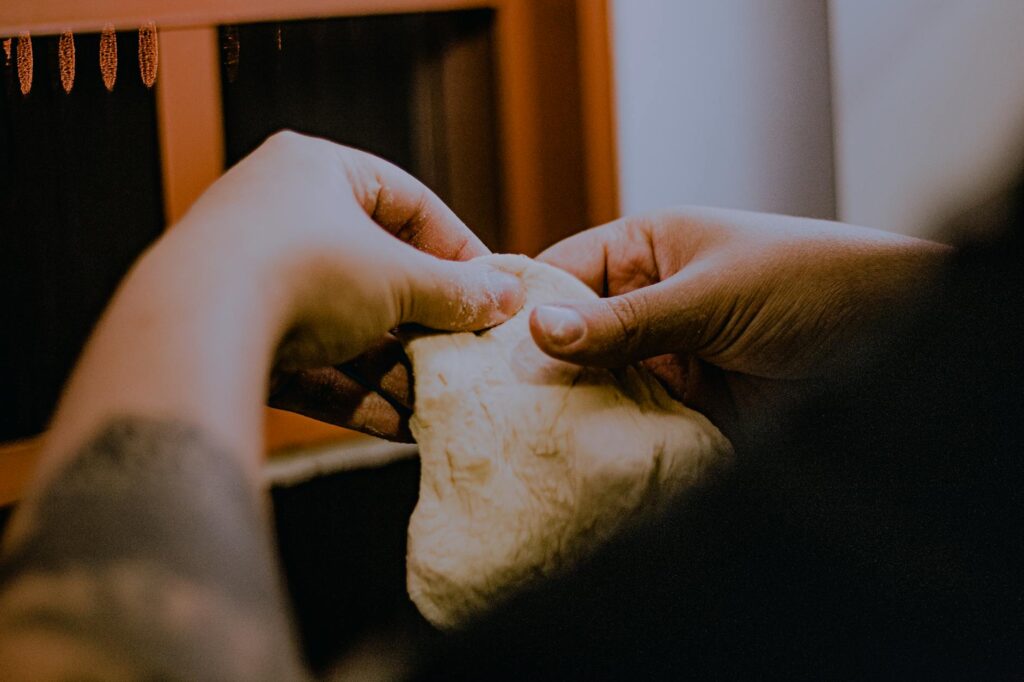Protecting your home and belongings is a top priority, and a detailed home inventory is your best friend when it comes to insurance claims. Knowing exactly what you own makes filing a claim significantly easier and faster. This guide breaks down how to create a comprehensive home inventory in six simple steps.
Step 1: Choose Your Inventory Method
First, decide how you’ll create your inventory. You can use a simple spreadsheet, a dedicated home inventory app (many free options are available!), or even good old-fashioned pen and paper. The key is choosing a method you’ll actually stick with. Consider using a combination of methods for redundancy. For example, you could take photos with your phone and store them in a cloud-based service like Google Photos, and maintain a supplementary spreadsheet for important details like purchase dates and serial numbers. 
Step 2: Categorize Your Belongings
To make your inventory manageable, organize your items into categories. Common categories include electronics, furniture, clothing, jewelry, and collectibles. Breaking your inventory down this way simplifies the process and makes it much easier to search later. You can even further categorize within each main category; for example, within the ‘electronics’ category, you might have sub-categories like ‘computers’, ‘phones’, and ‘TVs’. This level of organization will come in handy if you ever need to file a claim and only need to specify certain items.Learn more about organizing your belongings.
Step 3: Document Everything
This is where the real work begins! For each item, record as much detail as possible. This includes a description (e.g., “55-inch Samsung Smart TV,” not just “TV”), the make and model, the purchase date (if known), and the approximate value. You should also obtain receipts whenever possible, and try to record the serial number. This extra information will significantly strengthen your claim.  A helpful strategy is to photograph each item individually and group the photos by category. Check out some tips for appraising your belongings.
A helpful strategy is to photograph each item individually and group the photos by category. Check out some tips for appraising your belongings.
Step 4: Take Photos and Videos
Pictures are worth a thousand words—especially when it comes to insurance claims! Take clear photos of each item, and consider short videos, particularly for larger or more complex items like furniture sets or electronics. Time-stamped photos and videos will serve as additional proof of ownership and condition. Store your photos and videos securely in the cloud or on an external hard drive, and ensure you have multiple backups. [IMAGE_3_HERE]
Step 5: Regularly Update Your Inventory
Your home inventory shouldn’t be a one-time project. As you acquire new items, add them to your inventory immediately. Similarly, remove any items you’ve sold or discarded. Aim to update your inventory at least once a year. This ensures your inventory always reflects your current possessions. Consider using a system that sends reminders for annual updates, or add it to your yearly calendar. Learn how to make inventory maintenance easier.
Step 6: Store Your Inventory Safely
Store your inventory in a safe and accessible place. This could be a cloud storage service, a fireproof safe, or a secure external hard drive. It’s also a good idea to give a copy to a trusted friend or family member in a different location. This ensures you’ll have access to your inventory even if something happens to your primary storage location. Remember that the goal is to make it easily accessible in case of an emergency.
Creating a home inventory might seem like a chore, but it’s a crucial step in protecting your financial investment. By following these six steps, you’ll significantly increase your peace of mind and be well-prepared for any unforeseen circumstances.
Frequently Asked Questions
What should I do if I don’t have receipts for my belongings? Try to provide other evidence of purchase, such as credit card statements, bank records, or even photos of items being delivered or set up. You can also search online retailers for similar items to determine an estimated value.
How often should I update my home inventory? Aim to update it at least once a year, adding new items and removing any items you no longer own. More frequent updates are even better for accuracy.
What if I’m renting? Do I still need a home inventory? Absolutely! Even renters should create a home inventory. This protects your personal belongings in case of damage or theft. Your renter’s insurance may require this documentation.
What types of items should I focus on documenting in detail? Focus on high-value items such as electronics, jewelry, artwork, and antiques. These are usually the most expensive to replace. However, it’s beneficial to document everything to the best of your ability.
Can I use an app to create a digital home inventory? Yes! There are many excellent apps available that make creating and maintaining a home inventory simple and efficient. Consider your personal preferences, ease of use, and security when selecting an app.



